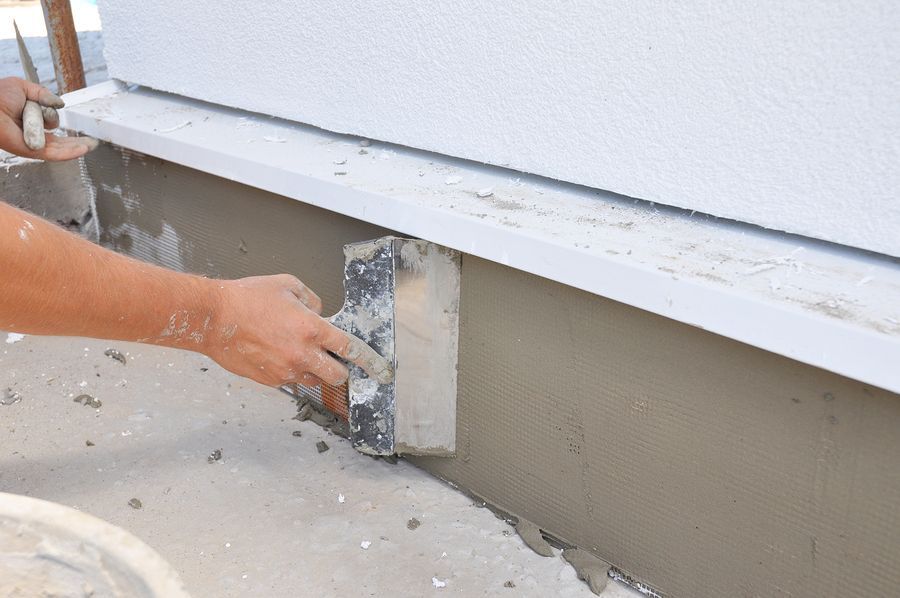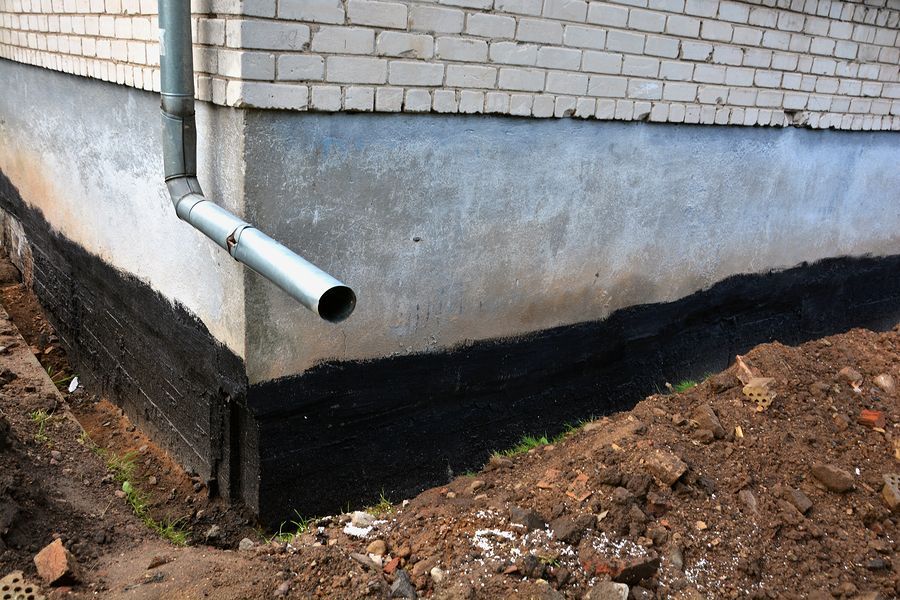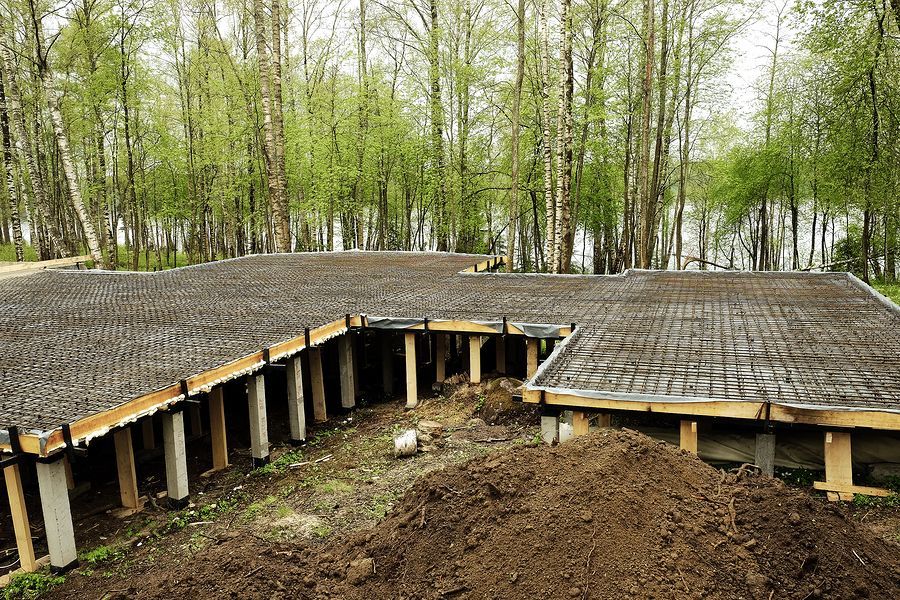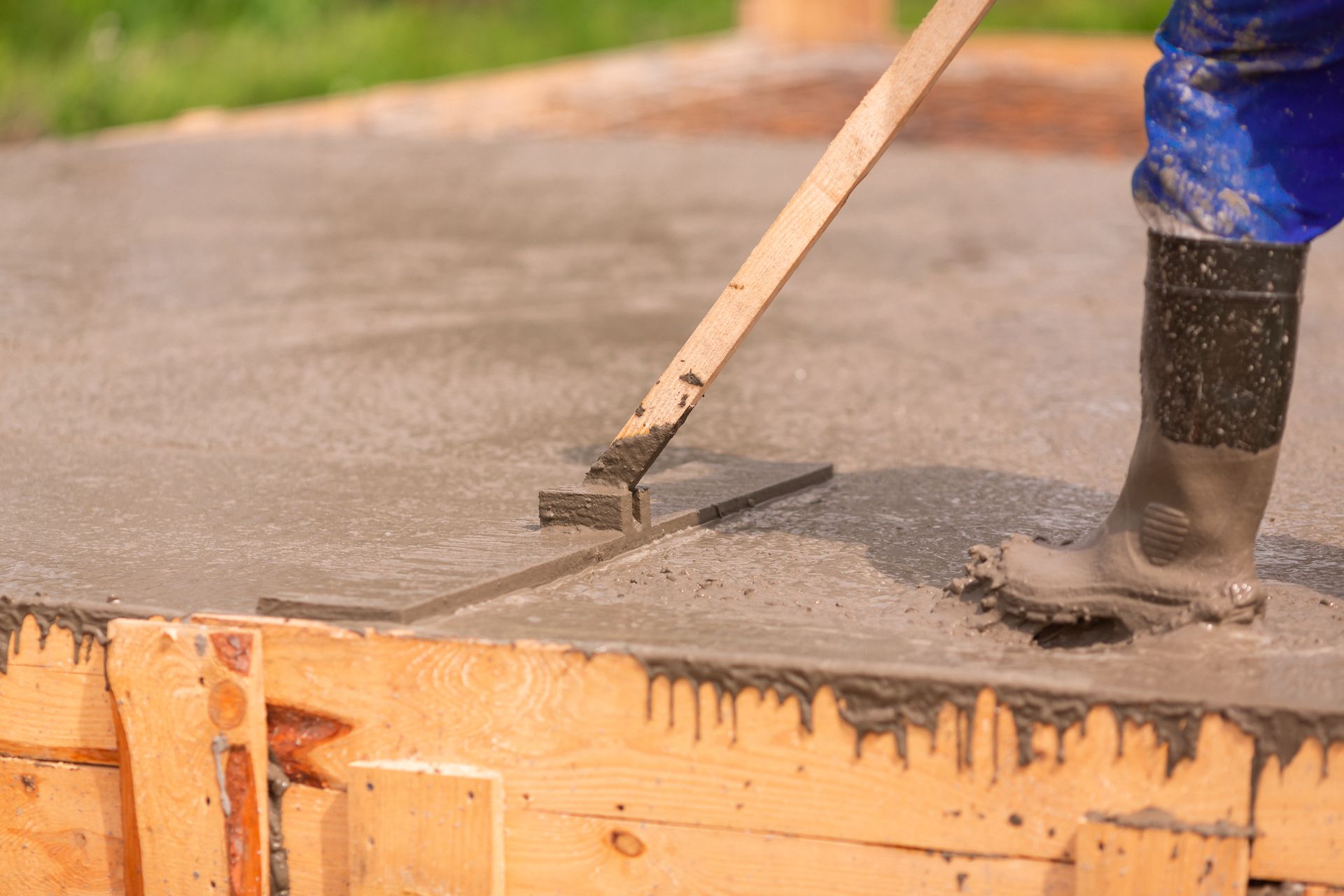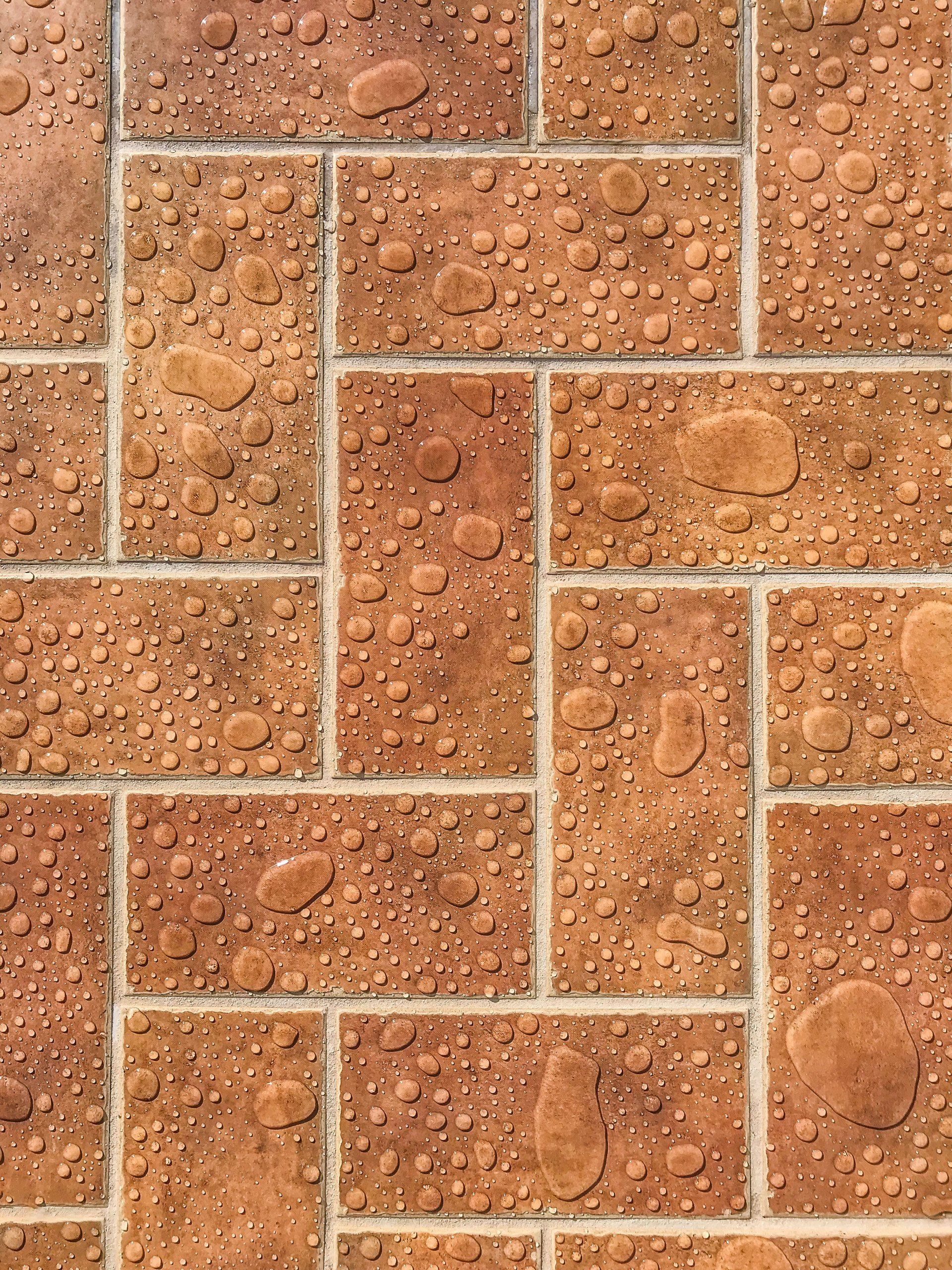Foundation Underpinning: Reinforcing the Structural Integrity of Bakersfield Homes
"Strengthening Bakersfield's Foundations: The Art and Science of Underpinning"
Introduction:
Your home's foundation is its literal and metaphorical bedrock, providing the support and stability on which your entire house rests. In Bakersfield, where unique soil compositions and climate conditions can challenge foundations, the importance of a strong and stable foundation cannot be overstated. Foundation underpinning is a vital technique used to reinforce and secure foundations, ensuring the long-term structural integrity of homes in the area. In this comprehensive guide, we'll explore the world of foundation underpinning, its significance, the costs involved, and how experts can fortify the foundations of Bakersfield homes.
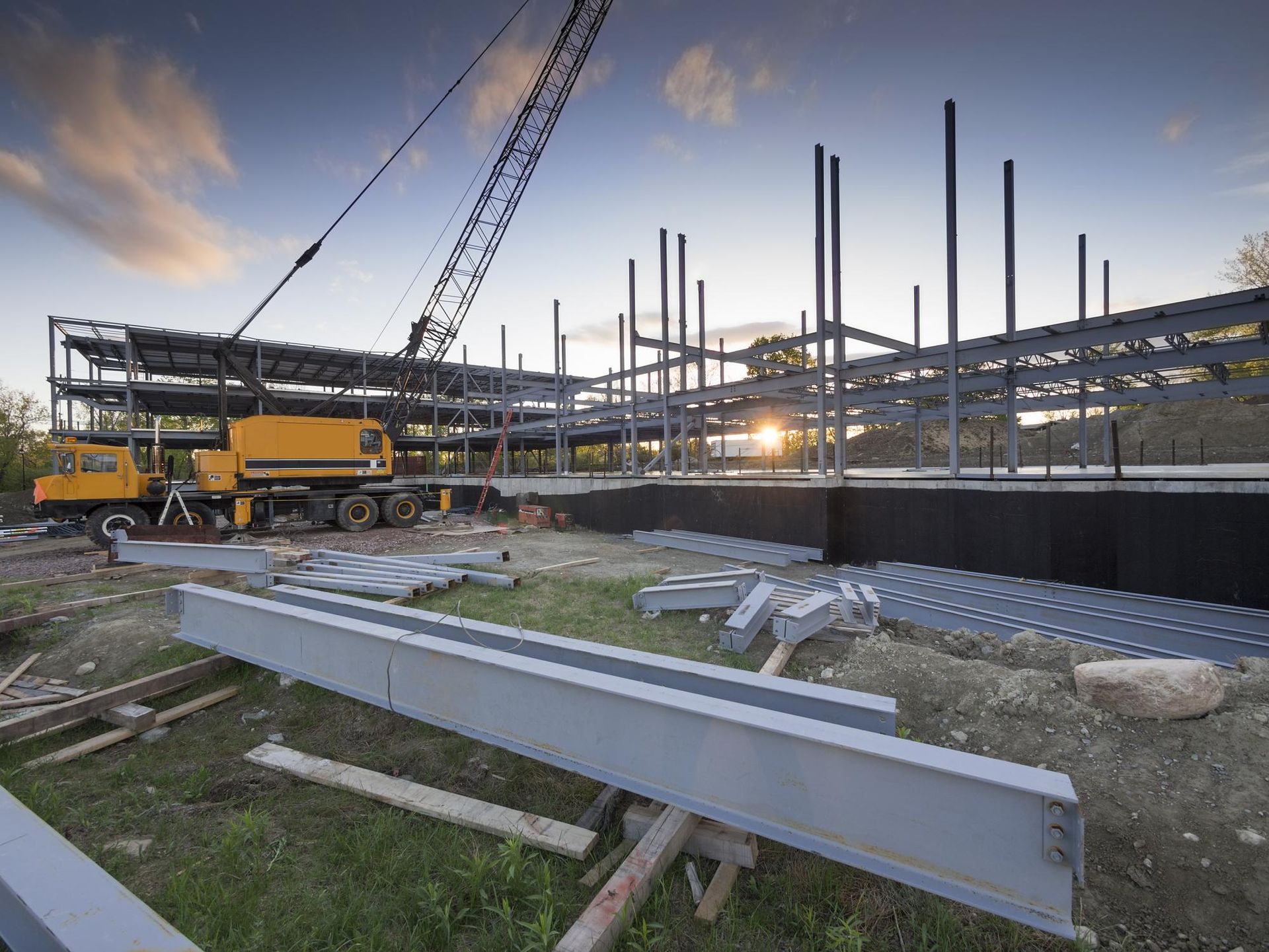
Understanding Foundation Underpinning
Foundation underpinning is a construction technique employed to strengthen the foundation of an existing building. It involves reinforcing or extending the foundation's depth or breadth to enhance its load-bearing capacity and stability. This process is particularly valuable when the original foundation has weakened due to soil settlement, shifts, or changes in structural loads.
Why Foundation Underpinning Matters
Several factors can contribute to the need for foundation underpinning:
Soil Characteristics: Bakersfield's unique soil conditions, including clay-rich soils and variations in moisture content, can lead to ground movement and settlement, affecting foundation stability.
Building Additions:
If you're adding extra floors or weight to your home, it can put added strain on the foundation, requiring reinforcement.
Foundation Damage: Damage or deterioration of the existing foundation can necessitate underpinning to prevent further structural problems.
Natural Events: Earthquakes or other natural events can shift the soil beneath a foundation, necessitating underpinning to restore stability.
The Foundation Underpinning Process
Foundation underpinning involves several key steps, which may vary depending on the specific needs of the project:
1. Initial Assessment
A structural engineer or foundation specialist assesses the current condition of the foundation, identifies the causes of any damage or settlement, and determines the appropriate underpinning method.
2. Excavation
A portion of the foundation, typically near the affected area, is excavated to expose the foundation footing. This provides access for underpinning.
3. Installation of Support Piers
Various types of support piers or piles, such as concrete piers or helical piers, are installed beneath the existing foundation. These piers extend into more stable soil or bedrock to provide additional support.
4. Lifting and Leveling
Hydraulic jacks or other lifting mechanisms are used to carefully raise and level the foundation to its original position or as specified by the engineer's plan.
5. Reinforcement
Once the foundation is properly aligned and supported, the voids left by excavation are backfilled, and the foundation is reinforced with new concrete or other materials to ensure its stability.
Types of Foundation Underpinning
There are several methods of foundation underpinning, each suited to different situations. Here are a few common types:
1. Mass Concrete Underpinning
Mass concrete underpinning is a traditional method where sections of the foundation are excavated and filled with concrete. This reinforces the foundation's load-bearing capacity.
2. Beam and Base Underpinning
In beam and base underpinning, reinforced concrete beams are constructed below the existing foundation. These beams are supported by concrete bases, providing additional stability and distributing the building's weight more evenly.
3. Pile Underpinning
Pile underpinning involves installing piles or piers beneath the foundation to transfer its load to more stable soil or bedrock. Common types of piles include concrete piles and helical piles.
4. Mini-Piled Underpinning
Mini-piled underpinning is a variation of pile underpinning, using smaller-diameter piles that are suitable for limited-access sites or areas with confined space.
Foundation Underpinning Costs
The cost of foundation underpinning can vary significantly based on factors such as the extent of damage, the size of the structure, the chosen underpinning method, and the local labor and material costs. While underpinning is an investment, it is often more cost-effective than allowing foundation issues to worsen, leading to more extensive and costly repairs.
Hiring Foundation Underpinning Experts
Foundation underpinning is a complex and highly specialized process that requires the expertise of trained professionals. When seeking foundation underpinning experts in Bakersfield, consider the following:
Experience:
Look for contractors with a proven track record of successful foundation underpinning projects.
Certifications: Verify that the professionals are certified and licensed to perform underpinning work in your area.
References: Request references from past clients to gauge the quality of their work and their level of customer satisfaction.
Insurance:
Ensure that the contractors have appropriate insurance coverage to protect you and your property during the underpinning process.
Conclusion
Foundation underpinning is a critical technique for safeguarding the structural integrity and longevity of homes in Bakersfield, where unique soil conditions and environmental factors can challenge foundations. Whether your foundation has been compromised by soil settlement, structural changes, or natural events, underpinning can restore stability and prevent further damage.
By investing in foundation underpinning and enlisting the
expertise of professionals experienced in the process, you can ensure that your home remains a secure and durable haven for years to come. Don't wait until foundation issues escalate; take proactive steps to reinforce and protect your home's foundation.
Bakersfield Foundation Repair Pros

